
Investigators find increased treatment regimen is effective and long-lasting for patients.

Investigators find increased treatment regimen is effective and long-lasting for patients.
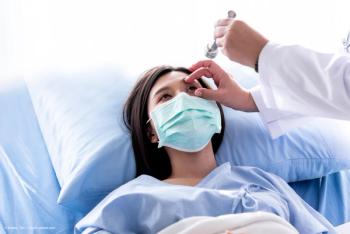
Investigators at Mount Sinai report that ocular cells may be infected directly by the virus, with the limbus especially susceptible.
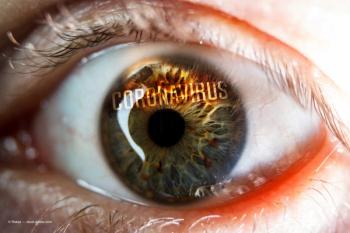
According to investigators, understanding the ocular manifestations in patients with COVID-19 could ultimately help with the diagnosis and prevent transmission.

New operating procedures ensure eye clinics can operate safely amid virus.

Steffen E. Künzel, MD, discusses the key points of his research presentation regarding low vulnerability of the posterior eye segment to SARS-CoV-2 infection.
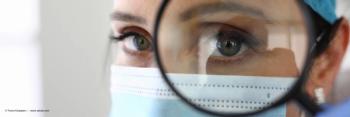
A residency applicant shares his perspective on the pandemic’s impact.
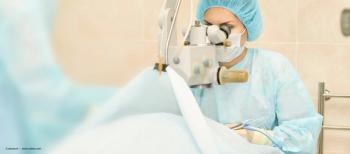
Patients are serious about procedure and ready to move forward.
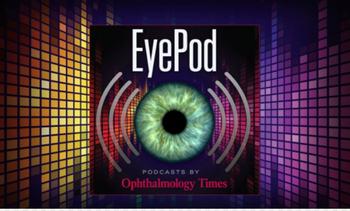
Find out how one eye care practice has found success in adapting their services to ensure staff/patient safety throughout the pandemic.

In an update, the CDC noted that the chances of an individual contracting COVID-19 from surface transmission is low.
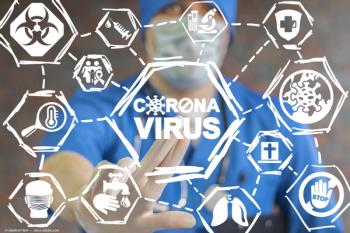
Minimizing clinic visits, maximizing use of imaging modalities are key.
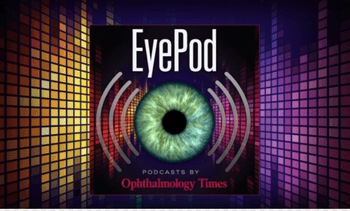
Mary Elizabeth Hartnett, MD, FACS, FARVO, and Mark Breazzano, MD, discuss current research being conducted involving AMD and maximizing patient outcomes amid the pandemic.
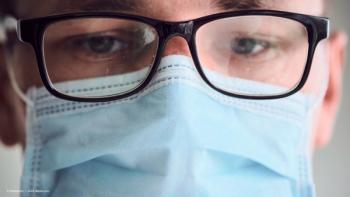
Cynthia Matossian, MD, FACS, ABES, explores the tie between mask wear and dry eye, causes behind a growing number of MGD cases, and offers mask safety tips for patient treatment.
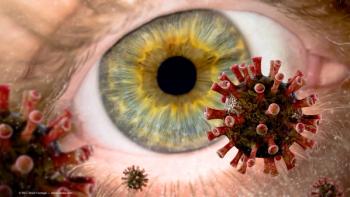
Researchers at the Royal College of Ophthalmologists offer guidance on the impact of treatment delays in crosslinking (CXL) amid COVID-19 on patients with keratoconus.

Peter J. Polack, MD, FACS, and Zora Harrison, COO at Ocala Eye, discuss their adaptive approach to the pandemic in implementing health/social distancing guidelines and technology for patients and staff.

Patients who are at an increased risk for vision loss from lapses in care have frequently expressed concerns about the impact of the pandemic on their ability to receive timely care.
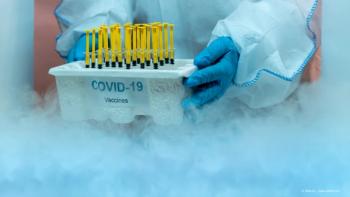
The Lighthouse Guild is raising public awareness about the visually impaired, a group that has been passed over for early access to vaccinations.
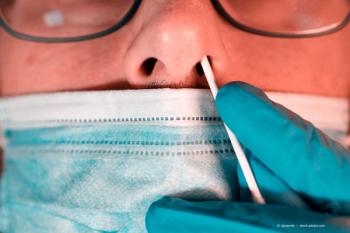
Investigators at Rokote Laboratories Finland Ltd. say they selected the nasal route of delivery because the virus is transmitted through the airways, and they claim that nasal administration may induce a wider immune response than intramuscular administration.

Investigators suggest that SARS-CoV-2 may diffuse from the ocular surfaces to the patient’s body, and use of a conjunctival swab may be another method of diagnosing the virus.
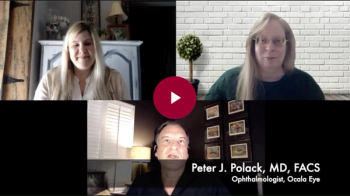
Peter J. Polack, MD, FACS, of Ocala Eye, discusses how proper patient education and nutrition have been key to managing an increase in dry eye patients during the pandemic.

Peter J. Polack, MD, FACS, and Zora Harrison, COO at Ocala Eye, share the protocols and technology their practice implemented throughout the pandemic that has enabled them to safely and efficiently treat their patients.

Visits, elective procedures decreased as physicians responded to COVID-19 guidelines.
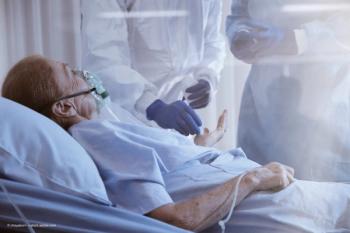
Physicians step-up in emergency departments during COVID-19 surge.

According to a survey by the Larry A. Green Center, in collaboration with the Primary Care Collaborative (PCC) and 3rd Conversation, primary care offers assets, including experience and relationships with patients.

Dealing with the COVID-19 virus affects everything to some degree, and investigators have found that mask wear can impact the accuracy of visual field tests.
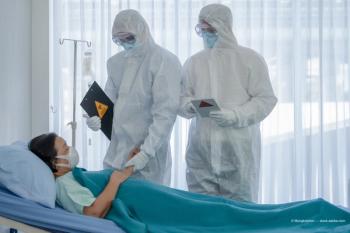
Treatment of patients with COVID-19 should include ophthalmic considerations.